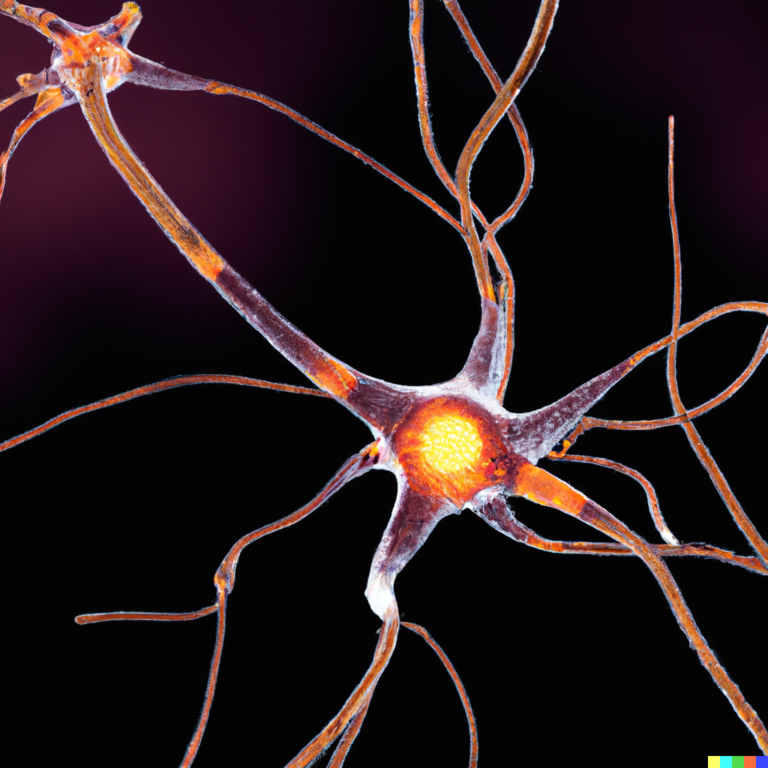Aging and muscle loss are closely linked, but the story is more complex than just muscles shrinking over time. As we get older, our muscles don’t just lose size—they also lose strength and function in a process called sarcopenia. This usually starts around age 40 and progresses gradually, with muscle mass and strength declining by about 1% each year.
What’s happening inside our bodies? First, the quality of muscle fibers changes before you even see much shrinkage. The fibers become weaker, which means everyday tasks like climbing stairs or standing up from a chair can feel harder. Over time, fewer muscle fibers get activated because some motor neurons—the nerve cells that tell muscles to move—die off. This leads to poorer balance, slower reflexes, and less coordination.
Another tricky part is that as we age it becomes harder for our muscles to grow back or stay strong after use. Muscles also start accumulating fat inside them, which makes them less efficient and more prone to inflammation. Plus, this fat infiltration can cause insulin resistance—a problem for blood sugar regulation.
But losing muscle isn’t inevitable if you take care of yourself right. Staying active with resistance exercises like lifting weights or using resistance bands helps keep your muscles strong by stimulating growth even in older age. Eating enough protein is equally important because your body needs it more as you get older to maintain muscle mass.
Muscle health matters a lot beyond just how you look or feel day-to-day—it’s linked with longevity too. People with higher muscle mass tend to live longer and have lower risks of chronic diseases compared to those who lose too much muscle.
So while aging naturally brings some decline in muscles, lifestyle choices make a huge difference in how much strength you keep—and how well you move through life as years go by.





